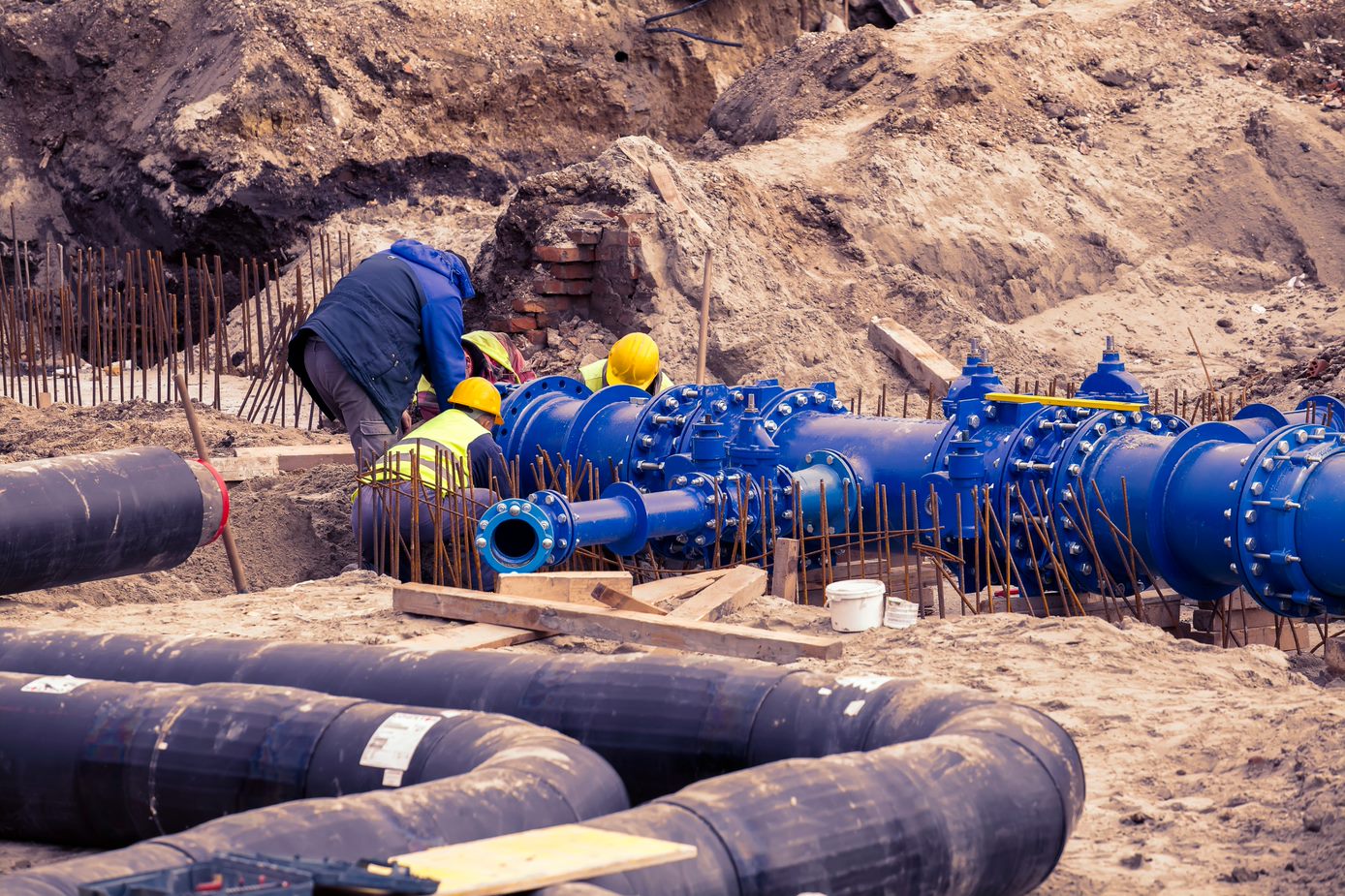-
0 Comments
How Water Infrastructure Impacts Economic Growth
Water infrastructure is one of the most vital yet often overlooked components of economic growth. Every industry, from manufacturing to agriculture, hospitality to healthcare, relies on a steady and clean water supply to operate efficiently. Yet, as aging water systems struggle to keep up with increasing demand, businesses and communities face growing challenges, from rising costs to operational disruptions.
Consider this: The American Society of Civil Engineers (ASCE) estimates that the U.S. must invest a staggering $1 trillion in water infrastructure by 2040 just to maintain efficiency and meet growing demand. Without this investment, businesses will continue to suffer from water shortages, contamination risks, and costly disruptions.
The Economic Toll of Failing Water Infrastructure
For many businesses, water infrastructure is an afterthought—until something goes wrong. Aging pipelines, outdated treatment plants, and inefficient water management systems lead to significant financial and operational consequences, including:
Increased Business Costs: Leaks, inefficiencies, and water quality issues force businesses to spend more on utilities and maintenance.
Operational Disruptions: Water main breaks and shortages can halt production, affecting revenue and supply chains.
Public Health Risks: Contaminated water not only leads to health crises but also damages a region’s reputation and economic stability.
Why Past Solutions Haven’t Worked
Historically, water infrastructure investments have been reactive rather than proactive. Repairs are made only after catastrophic failures, leading to excessive emergency repair costs. Many municipal systems, built decades ago, were never designed to handle modern industrial and urban demands. Without a forward-thinking approach, the economic burden will only grow.
Investing in Modern Water Infrastructure
To mitigate the financial and operational risks associated with outdated water systems, businesses and governments must adopt innovative approaches. The key solutions include:
Smart Water Management & Technology Integration
AI-powered leak detection systems identify water loss before it becomes a crisis.
Real-time monitoring and automated controls improve water efficiency.
Digital water metering provides accurate usage data, reducing waste.
Public-Private Partnerships (PPPs) for Water Investment
Private-sector expertise can lead to more efficient and cost-effective solutions.
Who Benefits?
Manufacturing
Prevents production downtime due to water shortages.
Agriculture
Ensures reliable irrigation and reduces crop losses.
Energy Production
Supports power plants in efficient cooling and steam generation.
Municipal Services
Enhances water quality and availability for growing populations.
The Economic and Environmental Payoff
Investing in modern water infrastructure leads to:
Cost Savings
Lower operational and maintenance costs.
Efficiency Gains
Improved water management reduces wasts.
Risk Reduction
Proactive maintenance prevents costly emergencies.
Practical Steps to Upgrade Water Infrastructure
Assess Your Needs: Conduct water audits to identify inefficiencies.
Operational Disruptions: Water main breaks and shortages can halt production, affecting revenue and supply chains.
Explore Funding Options: Leverage government grants, rebates, and PPPs.
Train Your Team: Educate employees on water conservation strategies.
Monitor & Optimize: Use real-time data to continuously improve water efficiency.
Next Steps
Water infrastructure is the backbone of economic stability and growth. Investing in modernization not only reduces costs and enhances efficiency but also ensures long-term sustainability for businesses and communities.
Neglecting this crucial resource leads to economic stagnation, public health risks, and costly emergency repairs. Forward-thinking companies and policymakers must act now to implement proactive water management solutions.
Contact Phoenix Water Solutions today to explore customized water efficiency solutions!

